|
“What if passion is tied to intensity? Intensity may not be a result of trying to achieve something, it might just be energizing. I am not saying that I don't strive to get somewhere in many of my poses and in life, but sometimes, I just enjoy intensity for the thrill. Therefore, intensity might lead to consistency.â€
Steve Hi Steve, thanks for the feedback. Your ending question is a wonderful one- a great one to ponder within your practice! I have three questions for you regarding intensity:
So glad what I wrote was valuable to you, Michelle Good evening, Michelle.
First off, let me point out that no one is saying that one can’t have intensity from time to time- no one is coming to take it away from you, throw you in the slammer if you get caught indulging in something with intensity. However, for some, it is a form of intoxication that is sought too often, with destructive consequences.
Second, let me suggest that being consistent can be an intense thing itself! I know because two comments I receive are, “Michelle, you are pretty intense,†and “Michelle, you are really consistent.†They are not unrelated.... ​
Okay- so, let’s start with terms and definitions so that we are all on the same page. There is the official definition of “Intense,†complete with its etymology and there’s the common usage of intense here in the United States.
First, the Oxford English Dictionary, for some of us the standard bearer of the language:
And there is the common usage:
​Because Steve gave me permission to use his query for this month’s newsletter, I am going to reply to his question, knowing that it is a question for all of us.
To learn more about what the intention of Steve’s intensity is, let’s also look at the antonyms:
Whether your desire or fear is intensity, you showed up at Aspiration Community Yoga and asked me to teach you. I teach from the perspective of yoga, informed as I am by strength training and Buddhism. Yoga is the practice of equanimity, the yoking of what’s easy and what’s hard, being the space that is held in the container of the two extremes.
But let’s stay in the less than esoteric, metaphysical of why being that space between the two is everyday beneficial to you. Here’s a good one to start with: Flexibility. 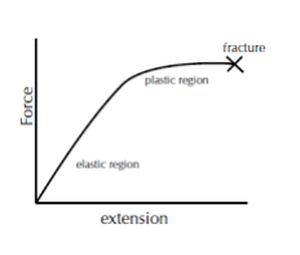
Hooke’s Law The extension of an elastic object, such as a spring, is directly proportional to the force applied, provided that the limit of proportionality is not exceeded. □□ = □□□□ where: - F is the force applied to the spring, □□ - K is the spring constant, □□□□−1 - X is the extension.
​I don’t think any of you ever wished to be less flexible. But what is it to be flexible? Look at the graph and the Hooke's law of physics Hooke's law - Wikipedia. Your muscles work just exactly the same. The sweet spot for flexibility aka plasticity, is not at the point of extreme force or extension. So, if in your endeavor to make yourself more flexible, you are applying as much force as you can, applying as much extension as you can, you are getting in your own way.
Want another practicality for everyday health? Let’s go with a former popular buzz term, still in circulation, parasympathetic vs. Sympathetic stimulation:
​“Mobility requires more parasympathetic stimulation than sympathetic, but needs to build off sympathetic stabilization Long, slow breathing with more of a “release†of breath versus expulsion.†-Dean Summerset, Complete Hip Training
Whether you are dealing with chronic pain, chronic disease, or anger in traffic, practicing so that you can access that long slow breathing when attacked by pain or cut off by another driver will cut down on the chances of flare up or attacks, whether the attack is one’s own immune system, heart, or another human being on the road.
I am going to end with one more- Internal “listening,†aka interoception.
All day, men — no women — took the microphone and spoke. There was always a buzz in the audience, whispers, an audible hum of excitement. Then it was time for John Cage. He walked onto the stage and began to speak, without the microphone. He stood at the center of the small stage and addressed the crowd. He talked, without amplification, and soon people in the audience shouted, “We can’t hear you, use the mic. We can’t hear you.†John Cage said, “You can, if you listen.†Everyone settled down, there was no more buzz, hum or rustling, there was silence, and John Cage spoke again, without the microphone, and everyone listened and heard perfectly.†- At the Microphone, What Would Lynne Tillman Do? And yet the soul, despite its toughness, is also essentially shy—just like a wild animal. It will flee from the noisy crowd and seek safety in the deep underbrush. If we want to see a wild animal, we know that the last thing we should do is go crashing through the woods yelling for it to come out! But if we will walk into the woods quietly and sit at the base of a tree, breathing with the earth and fading into our surroundings, the wild creature we seek may eventually show up. Parker Palmer A Pedagogy of the Soul
’ve had two students ever show up at yoga to calm their thoughts. All others come for corporeal fears and desires. They want the pain to stop, but they can’t figure out what is causing it. They want to be more flexible, stronger, do a handstand or just bend over and clip their own toenails, tie their own shoes, reach overhead and brush their own hair. Despite effective marketing since the arrival of modern yoga, yoga does not work on you as force that changes you from the outside. Rather, it is one of many technologies that can renew the ability to perceive sensations.
Do you know if you are tipping your head back right now? Are you able to discern whether the lower bottom edge of your rib cage is expanding and contracting with each breath? When you go up and down steps, are you paying attention to the hinge or lack thereof of the knees and groin? This is using any of the senses that detect conditions within the body. This is yoga 101 and PhD yoga. This is easily drowned out and found only by finding that “internal quiet†where one can listen for the non-amplified communication of the body that emerges when it is safe to emerge. The therapist job is to slow things down enough so that it becomes obvious how someone is getting in her own way, in order that she may learn to lift the restriction, if she so desires. “ Mark Epstein, ​Going On Being, pg. 25
Doctor Jana, CC BY 4.0 <https://creativecommons.org/licenses/by/4.0>, via Wikimedia Commons
“And, and so having a sense that there's a kind of an onward leading movement slowly over time, but it's not an armored, leaving leading movement that's linear, that you can expect to just kind of steadily make progress. It's more like up and down, back and forth, and our lives are so complicated the states of our mind They're so different from different times. But slowly over time, we're moving in one direction. And that direction is towards freedom. So, there is this process of this path of journey that unfolds over time. And so, we don't get tripped up around that and caught up in striving and comparing yourself and wanting to be further than we are. One of the principles that I love is the principle that to go from A to B, be fully at A. So, for the purpose of mindfulness practice, if you want to go anywhere in your mindfulness practice, don't worry about getting anywhere with the practice, just focus on being fully present for what is and that practice of fully present for what it is, is what is onward leading, it'll unfold the way it's supposed to unfold. If our purpose, our dedication is not just making progress, but rather showing up and being fully present here, the progress takes care of itself.” Gil Fronsdahl, AudioDharma - Dharmette: Satipaṭṭhāna (14) Lucid Awareness and Non-Clinging
Following up on last month’s newsletter, my annual review of what went well and what we are working toward, I had 4 responses. The clear theme of the responses was the awareness that consistency with practice is elusive these past months.
In the same month, the online yoga teacher I practice with, the trainer Tony Gentilcore by whom I am very influenced and the Dharma teacher I listen to every day all emphasized pivoting one’s focus from the end result to just this day, just this week. In other words, transforming a goal of “more flexibility, less pain” into “Today I will do my guided breathing exercises and because it is Thursday, I will do a yoga practice”. (As I write this it is a Thursday. If it were Friday today, I would have written, “Today I will do my guided breathing exercises for 5 minutes and because it is Friday, I will strength and cardio train”.) I have often talked about the good coach/trainer/teacher principle that someone who is a natural at a skill sucks at teaching others. Michael Jordan never did become a coach. Larry Bird did. Here I am, a person who is very regimented and consistent, trying to coach you who struggles with it.
#1: Let go of “making progress”. Practice is doing the Bunny Hop- Take two hops forward, one hop backward. Honestly, what most of us hate is that it’s in arriving one hop back again, we find the root of issue and get to work to change it. Whatever caused the weakness, the scatterbrained-ness, the pain. Even Glenda the Good Witch of the North didn’t wave her wand and give Dorothy her “Happy Ever After” after she clicked her ruby heels together (big screen version of the story).
“Do something – anything – 3 days per week, 52 weeks out of the year” The Unsexy, No BS Guide to Actually Getting Results Tony Gentilcore
#2: You will enter into conflict- spend time with family, take care of unread/unanswered emails the list of other things that need your time are unexaggeratedly infinite. You will have to make a choice and know that no one else made that choice for you. Family, emails, etc. are all high-pressure sales pitches. It seems like there’s no time, no space, no way to say, not now. Politely answer, I’ll get back to you, and do your practice.
“If you are following your bliss, you are enjoying that refreshment, that life within you, all the time” Joseph Campbell, The Power of Myth.
#3: Cultivate passion for what you are doing rather than doing it with the expectation of reaching a goal. Yoga, exercise, breathing are each a “being” we have a relationship with. We can cultivate a passion for the relationship and enjoy the time spent together with that being.
Consistency over intensity. This is annual review explores three questions:
Last summer I sent out an email to all who had contacted me with interest in restarting Aspiration Community Yoga after a long pandemic induced pause. I was not really interested in returning to teaching, but you asked, and so I asked you what you were willing to ante up on your behalf:
Are you ready? Send me an email!
What am I working toward? (From January 2020 Newsletter, “Experiment and Experience”)
What went well this year?
I also was able to really integrate what I learned in 2020 regarding core, pelvic floor and breathing. As you are well aware, I have spent the past year focusing on this intensively. When my personal trainer moved out of state, I was able to find a new trainer without missing a week! The new trainer, Steve Trumfio is diametrically different from DeOnté Durden-Jackson and this has brought some interesting new challenges and delights to my workout. Additionally, I continue on with a shoulder, back and chest workout program I started several years ago, as I find that the same program changes as my understanding of movement and strength changes.
I am very happy that I decided to not worry if a monthly email is late and that I decided to days off from teaching, guilt-free. What didn’t go so well this year?
Well, I STILL haven’t finished the “Complete Hip And Shoulder Pelvis And Shoulders” course, the Anatomy Trains’ “Freeing the Shoulders and Arms” or the last hour and test for “Deeper Ground: Restoration and Vitality for the Female Pelvis”. I must admit that hiking has become consuming these days, and I have segued to taking courses with The Mountaineers on Navigation, Snow Routes, Scrambling and First Aid. I could give a lot of rationalizations for the incompleteness of anatomy courses and completeness of hiking courses, but why? Just let the bright shiny object speak for themselves.
I still have not found an in-person community to practice yoga or workout with- I continue to wonder how much this will “bite me in the ass” one of these days….. I have not yet completely released my thinking that students will put forth the time commitment and effort to learn and understand outside class. I put more time investment in these monthly emails as a way to save class for practice rather than long, clarifying lectures on how the body moves. I admit it sucks that less than half the students read them. Even more, I am not sure that those who do read them figure out how put into action the muscular engagement I write about. I am not sure there is the understanding that no matter the yoga pose, no matter the particular exercise, 99% of the muscular engagement will be the same. Am I communicating, "Don't worry about where your leg is so much as pay attention to the sensation in your torso. Do you feel the traps working? Do you feel the obliques working"? Should I be reducing the full form of the exercise or the yoga pose until the muscle activation is felt in every position? If I did that, would we be able to get the other benefits of moving in class, too? I don't know. What am I Working Toward? Well, I am going to put:
I will add to this:
Why I am I sharing this as “Something I am Working Toward”? It is something I have to deal with- sooner or later. It is an underlying cause and condition that unconsciously and subconsciously drives me and affects all my relationships. It’s the boogie man in the closet- the monster under the bed. The tempter Mara, coming in for tea, his daughters and his army waiting outside. Welcome Mara, may I offer you my friendship and ask what it is you need.
|
Archives
December 2022
|

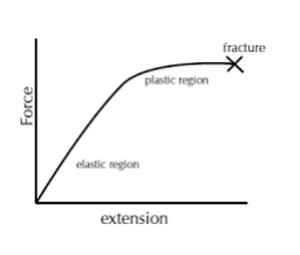
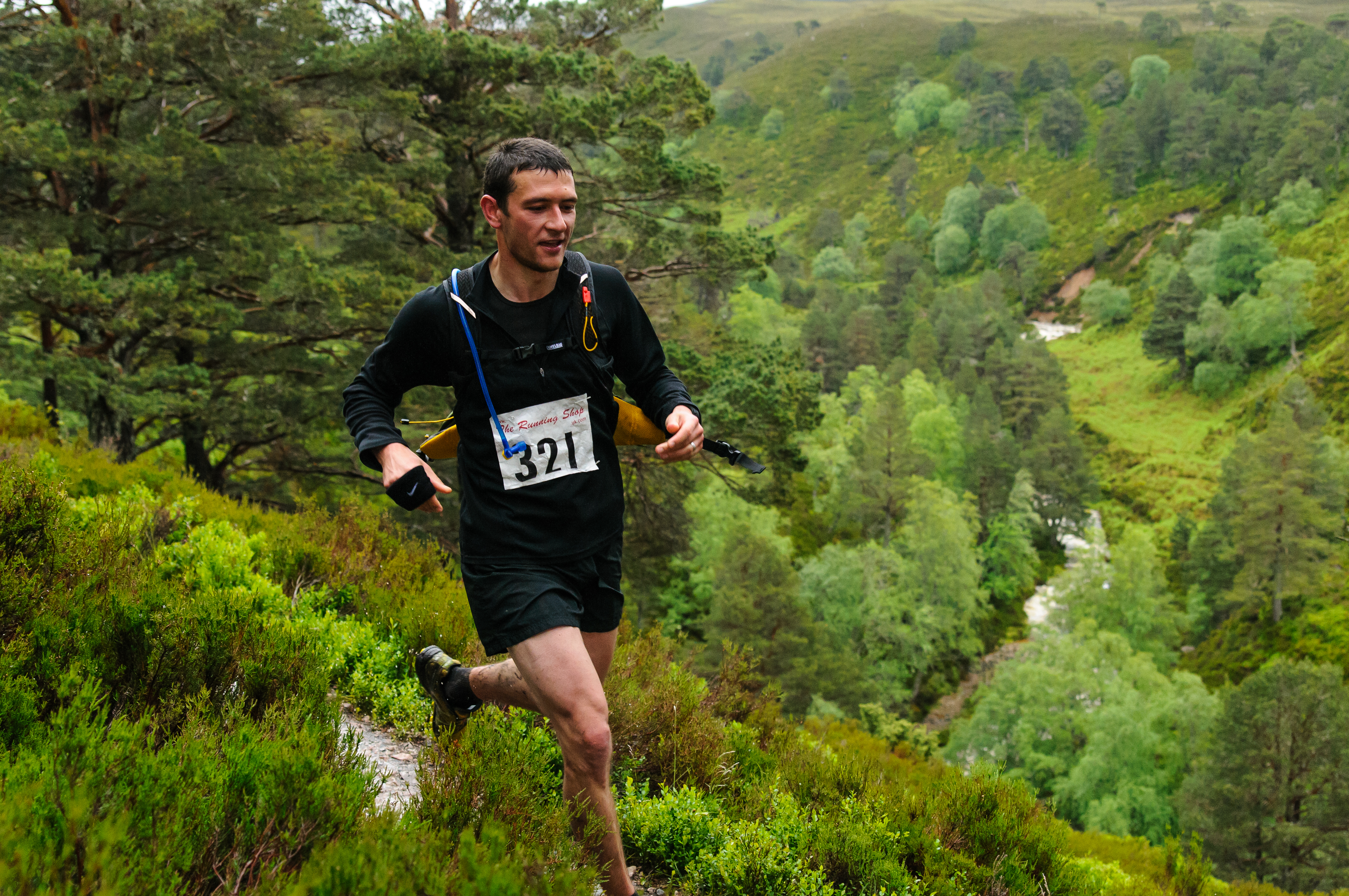
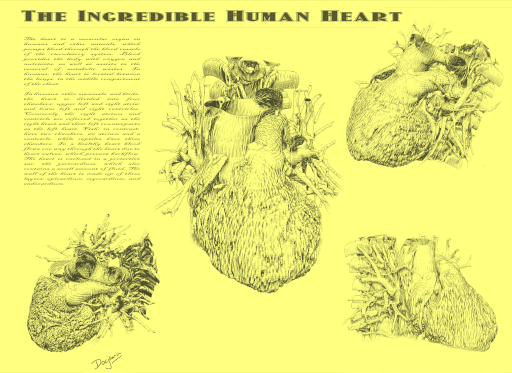
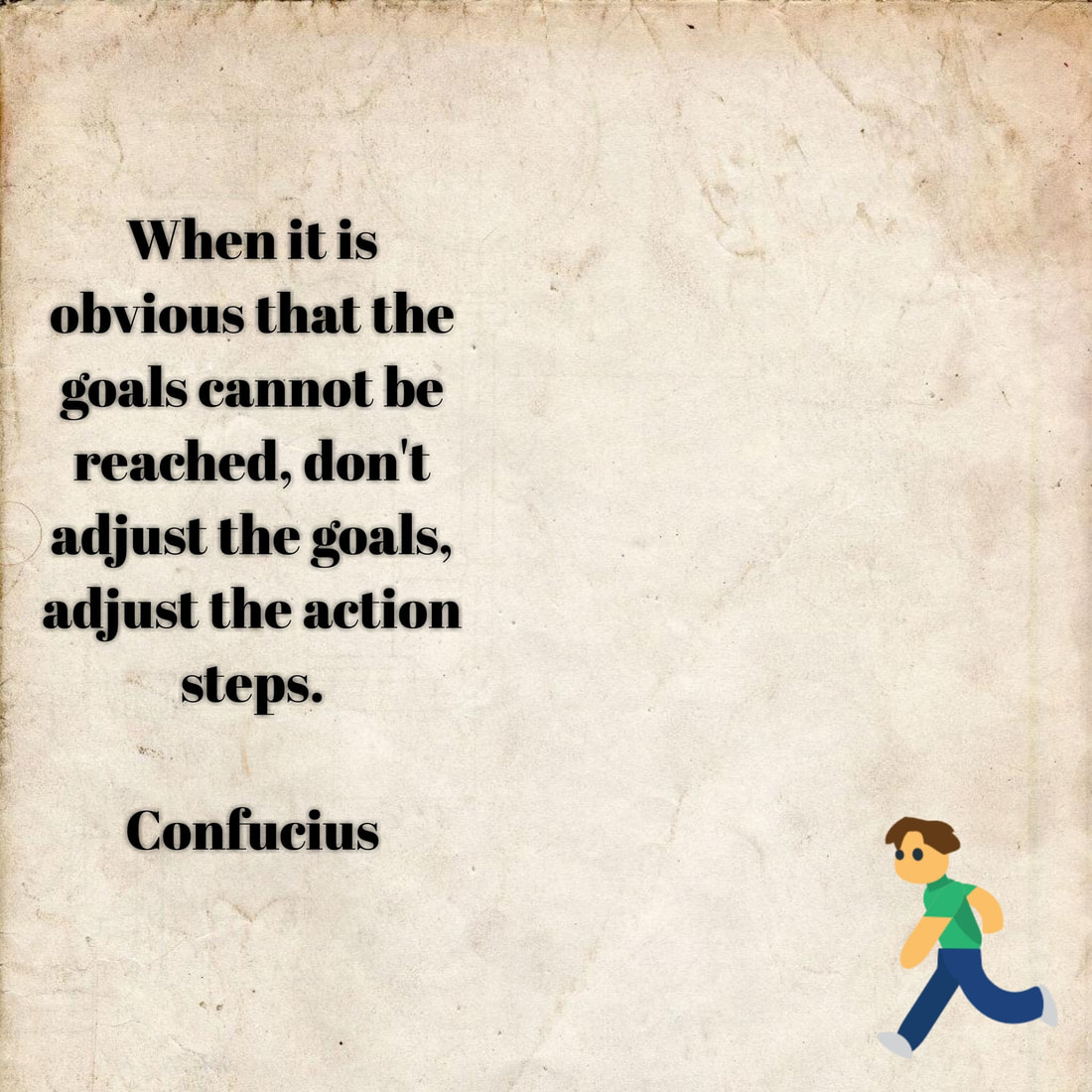

 RSS Feed
RSS Feed